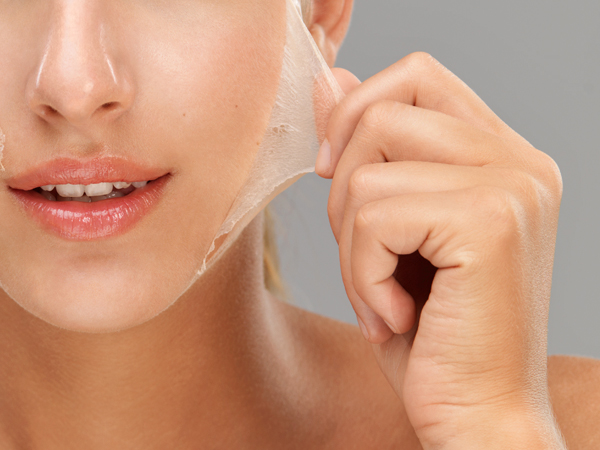Consumer cosmetics giant L’Oreal is launching a breakthrough 3D printing technique that will see the brand producing actual human skin in the name of product development. Nadia Stennett reports.

It’s official. We’re living in our very own sci-fi flicks – our most far-fetched tech fantasies aren’t just the stuff of film fodder anymore. From phones that give us access to the world in the imprint of a fingertip to intuitive watches once reserved for comic book detectives, the future is here. But it may take our brains a few double-takes to adjust to this one.
Consumer cosmetics powerhouse and manufacturers of cult beauty brands like Lancome, Biotherm, Garnier and Maybelline; L’Oreal have launched a cutting-edge way of cosmetic product testing set to revolutionise the entire beauty industry.
The 106 year-old cosmetics giant are enlisting the aid of a 3D printer and a team of scientists to print real, live human skin in a bid to move away from an outdated animal testing model. And the technology is nothing short of mind-blowing.
the French cosmetics company has already grown thousands of human specimens in its ‘human skin factory’
The largest arm of L’Oreal, its USA branch, has joined forces with San Diego-based bioprinting startup Organovo Holdings to bring its high-tech plan to fruition. After decades of fierce consumer outcry against its animal testing model involving rubbing product into the skin and eyes of rabbits and mice that became a catalyst for a #SaveTheBunnies social media war, the new partnership will allow L’Oreal to sever its ties with the animal testing prototype once and for all.
“We’re the first beauty company Organovo has worked with,” L’Oreal tech incubator global vice president Guive Balooch told Bloomberg Business of the move.
And while playing God may be nothing new for the French cosmetics company who’s already invested thousands of hours meticulously harvesting tissue grown from plastic surgery donor samples in its ‘human skin factory’; completely automated 3D bioprinters were unchartered territory in the realm of human skin manufacturing, until now.
L’Oreal will retain exclusive rights to the human skin developed under its new partnership for non-prescription skincare products
While L’Oreal’s original method of derma farming involved painstakingly cutting donor skin into tiny slices and then deconstructing into cells which had to be religiously fed a special diet in order to see growth (the end result of which could take weeks), its implementation of 3D bioprinting will see the process streamlined and sped up dramatically.
L’Oreal will retain exclusive rights to the human skin developed under its new partnership for non-prescription skincare products, while its printing partner Organovo Holdings will have rights to its tissue models for prescription drug testing and the development of surgically transplanted tissues.
L’Oreal currently invests around 3.7 per cent of its $1billion annual revenue on research and development…roughly twice the industry standard.
The brains behind the bioprinting technology, Organovo Holdings, have already broken the barriers of biology, successfully printing human liver and kidney tissues. Their new role within L’Oreal USA will undoubtedly lead to further finessing of the ways in which the company, and the wider beauty world in general, tests products for safety and performance.
And as to where that could lead? The possibilities are no more far-fetched than any sci-fi flick.
Have your say: What are your thoughts on L’Oreal’s new 3D bioprinting product testing strategy? Would you like to see it become the standard model in the industry?

